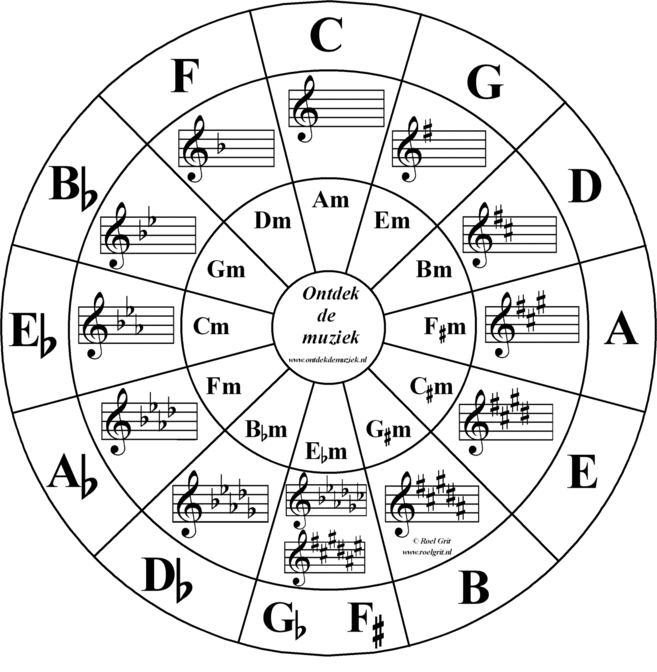music theory technique
Forum rules
By using this "Production" sub-forum, you acknowledge that you have read, understood and agreed with our terms of use for this site. Click HERE to read them. If you do not agree to our terms of use, you must exit this site immediately. We do not accept any responsibility for the content, submissions, information or links contained herein. Users posting content here, do so completely at their own risk.
Quick Link to Feedback Forum
By using this "Production" sub-forum, you acknowledge that you have read, understood and agreed with our terms of use for this site. Click HERE to read them. If you do not agree to our terms of use, you must exit this site immediately. We do not accept any responsibility for the content, submissions, information or links contained herein. Users posting content here, do so completely at their own risk.
Quick Link to Feedback Forum
music theory technique
just found a link to this video on the grid on dogsonacid and had to share it on here. Wish I had seen this a couple of years ago. It's basically for ppl with no music theory knowledge to make melodies etc that are in key.
http://www.youtube.com/watch?v=2CpRjGvn1fc
http://www.youtube.com/watch?v=2CpRjGvn1fc
- future producer
- Posts: 552
- Joined: Tue Jul 03, 2007 11:48 pm
-
masstronaut
- Posts: 1067
- Joined: Thu Mar 16, 2006 6:37 pm
Make two parts on separate tracks in the arrange, put your scales or whatever in one and use the other for notes. To edit highlight both and then double-click on the notes one - you should see the scales in background of the editor. Hope that makes sense. The answer is yes anyway.Future Producer wrote:Can Cubase do that thing he does with the gray chords?
BlizzardMusic wrote:'in your face you miserable tosser'
I thought that was an interesting vid the way you know a note will be outta key when there is no matching note in the chord progression.
I have forgot almost all theory I once learned, so now I use tools like this:
http://www.8notes.com/piano_chord_chart/
I have forgot almost all theory I once learned, so now I use tools like this:
http://www.8notes.com/piano_chord_chart/
While we're on the topic of music theory, if you don't know any at the very least read and understand Raven Spiral's guide, it has helped me soooooooo much.
http://www.ravenspiral.com/ravenspiralguide.pdf
http://www.ravenspiral.com/ravenspiralguide.pdf
cheers for that video link, interesting vid especially as i use fruity. ive tried this but i dont get the ghost notes thing.

http://www.myspace.com/rehabskank
http://www.virb.com/rehab
'Quantech' out now on http://www.addictech.com

-
blk plague
- Posts: 896
- Joined: Fri Nov 03, 2006 12:44 am
- Location: new york
- Contact:
very useful.lil-dice wrote:While we're on the topic of music theory, if you don't know any at the very least read and understand Raven Spiral's guide, it has helped me soooooooo much.
http://www.ravenspiral.com/ravenspiralguide.pdf
I AM NOT OK.
- Citrus Boy
- Posts: 297
- Joined: Mon Oct 17, 2005 9:16 pm
- Location: aka Borg. Aberystwyth, Wales, UK
- Contact:
-
chimp_and_zee
- Posts: 23
- Joined: Sun Mar 16, 2008 4:45 pm

tone distance in a ladder ( i dont know if you call it a ladder in english thou )
Major : 1, 1, 1/2, 1, 1, 1, 1/2 standerd pattern to get a major toneladder. Doesnt matter matter where you start. If you keep that pattern youll always get a major ladder.
take a look at your keyboard.. C - > D is a whole tone distance. B - > C is a half tone distance.
1 = whole tone distance, 1/2 = a half tone distance
Minor :
1, 1/2, 1, 1, 1/2, 1, 1
------------------------------------------------------------------------------------
names of certain tone distances :

Schedule of Chord progressions :

Just some basics. I dont always use the official words of it but itll help you i think.
-
chimp_and_zee
- Posts: 23
- Joined: Sun Mar 16, 2008 4:45 pm
Who is online
Users browsing this forum: No registered users and 0 guests